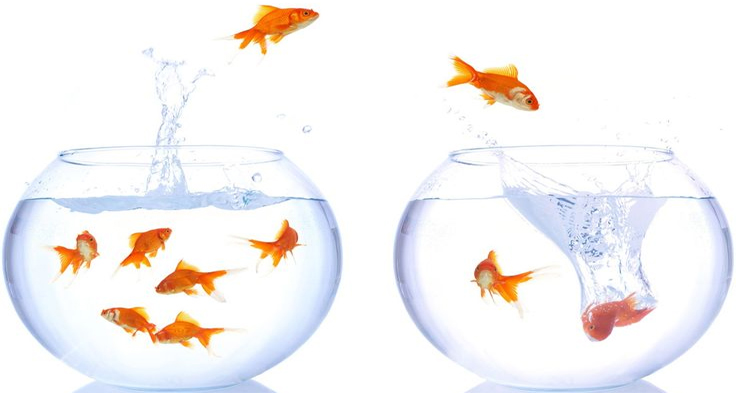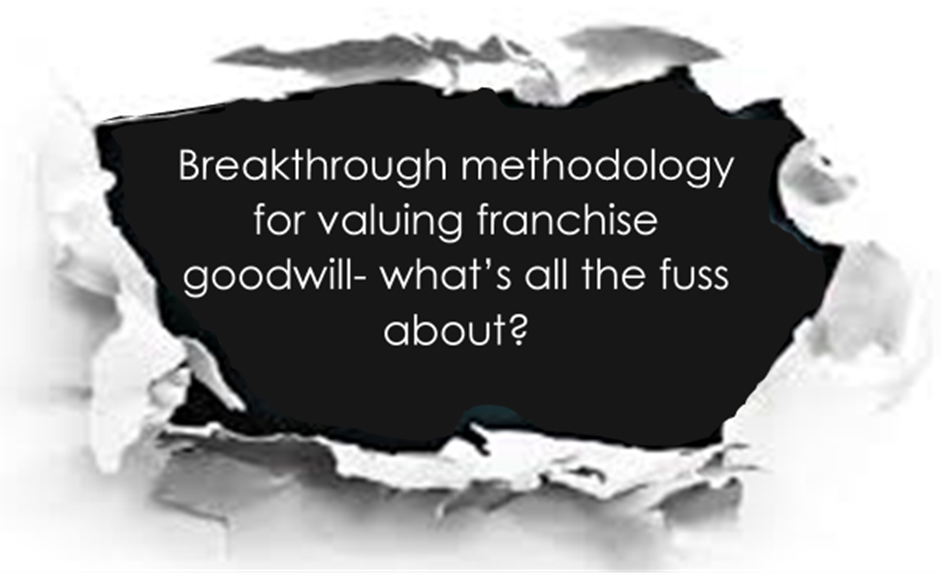The Microsoft Intangible Gamble

The recent news of Microsoft’s acquisition of the Linkedin network demonstrates the increasingly tangible value of intangible assets in a digital and cloud based economy.
Valuation of Intangible assets
Only 30 years ago the value of intangible assets was only a small percentage of the valuation of businesses known (mostly to accountants) only as “goodwill”. In accounting terms this asset class is distinguished from other revenue generating assets that are tangible and can be separately identified and valued. Up until last century the greater portion of business valuations would be dominated by tangible assets such as factories, stock, plant and equipment.
Typically, the price paid for a business is the goodwill plus the tangible assets of a business. Historically goodwill has been valued poorly as the previous industrial revolution produced businesses rich in stock and physical assets. Nowadays, the above graph highlights the dawn of a new era where intangible assets are the jewels in the valuation crown.
The new value of Intangible assets
Never in a time of human history have we seen a business derive such lucrative valuations from intangible assets. Today the balance sheets of major corporations carry more than $2.5 trillion in goodwill value. The sale of LinkedIN to Microsoft demonstrates the future value that pervades a digital and cloud based economy. … but not without a healthy appetite for risk.
Microsoft historically has been one of the most acquisition thirsty tech companies having acquired Skype, Yammer, Nokia, and Mojang – all with heavy billion-dollar price tags.
The purchase of Linkedin is consistent with Microsoft’s aggressive investment strategy. Linkedin will be their biggest acquisition to date, but Microsoft has the cash and resources available to possibly make this digital gamble pay off.
Why? It’s all about the data and how value can be added to it in the digital environment.
For Microsoft and their existing enterprise solutions Linkedin’s data acquisition engine and the digital assets it creates are uniquely valuable.
Linkedin is the only professional social network that has achieved meaningful scale, and the data they collect can be powerfully leveraged. LinkedIn has only just begun commercialising its intellectual property with most of its current revenue being admonished through recruiting services.
Linkedin holds a war chest of market-disruptive intellectual property that Microsoft highly values prospectively. This includes rich and relevant data on its business users, connections with professionals, resumes/work history, and traffic behaviour. Microsoft should be able to leverage and commercialise these assets in the years to come. As such, for Microsoft that makes this intangible gamble, very valuable.
The US$26.2 billion valuation Linkedin achieved equates to approximately 8.1 times trailing twelve-month revenue of Linkedin (US$3.2B revenue) and delivers an impressive premium when compared to other listed companies (hovering around 5.1 times TTM revenue).
These last six months was a window of opportunity for any of the tech titans to purchase a social network with almost half a billion users worldwide. We are only just now hearing news that Salesforce was engaged in a bidding war which drove the price up for Microsoft by almost US$5 billion dollars.
Returns on the Valuation
For Microsoft the price paid will likely generate value in the next 3 to 5 years. It could be compared to Google’s purchase of YouTube in 2008 and Facebook’s purchase of WhatsApp and Instagram in recent years. Microsoft will have to leverage its new asset to generate strong cash-flows and to complement and promote its enterprise solutions.
From Windows, to Microsoft Office Suite, Office 365, Azure, SharePoint, BASIC, Microsoft will no doubt continue to push assets such as their Surface tablet, or Skype communications, into professional use-cases and investing into projects which will power Linkedin’s powerful data for use of Microsoft’s existing and emerging enterprise solutions.
And if they get that right the tangible advertising revenues to the corporate marketplace could eclipse any of the valuation woes which LinkedIn suffered earlier this year.
At the end of the day this is an exercise in the valuation of the goodwill of a business rich in intellectual property assets, and could set a precedent for the valuation of intangible assets.
While the Times believe the deal overprices intangible assets in the market, I argue that such a contract is ultimately the expression of valuation over assets, that reflects our changing and at times misunderstood role in the digital marketplace. Further, the gamble is an expression of the exciting and pivotal locus we are now witnessing in the digital divide of business. The valuation of digital businesses and their capacity to generate free cash-flows will ultimately dictate the economic drivers of the future.
As I explored in my Phd thesis, published last year with Griffith University, when considering goodwill, it is important to understand the nature of the assets in place and determine whether those assets are owned or just controlled by contract. The value derived from these assets will ultimately be measured by the total value of future operating cash-flows of the business less the opportunity cost of net tangible assets employed in generating these cash-flows. In that context, goodwill is generated by businesses that owned legally claimable value-creation assets such as brand name, patents, and other items of intellectual capital or property.
This may make the Microsoft gamble not such an intangible one, after all.
Dr Maurice Roussety is a Consulting Strategist for DST Advisory and Lecturer in Small Business, Franchising and Entrepreneurship at Griffith University in Queensland, Australia. He has worked with leading organisations such as Queensland Transport, IAG, Westpac, Australia Post, Coles Myer, Red Rooster, Commonwealth Bank, ACCC, and Optus. Maurice holds a PhD in Intellectual Property and Franchise Goodwill Valuation. He also holds a Master’s degree in Leadership and in Business Administration. He is available for consulting and public speaking engagements and can be contacted further at maurice@dstadvisory.com or you can visit him at www.mauriceroussety.com.au



